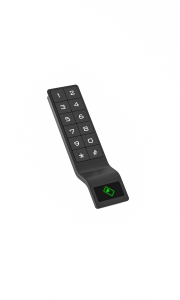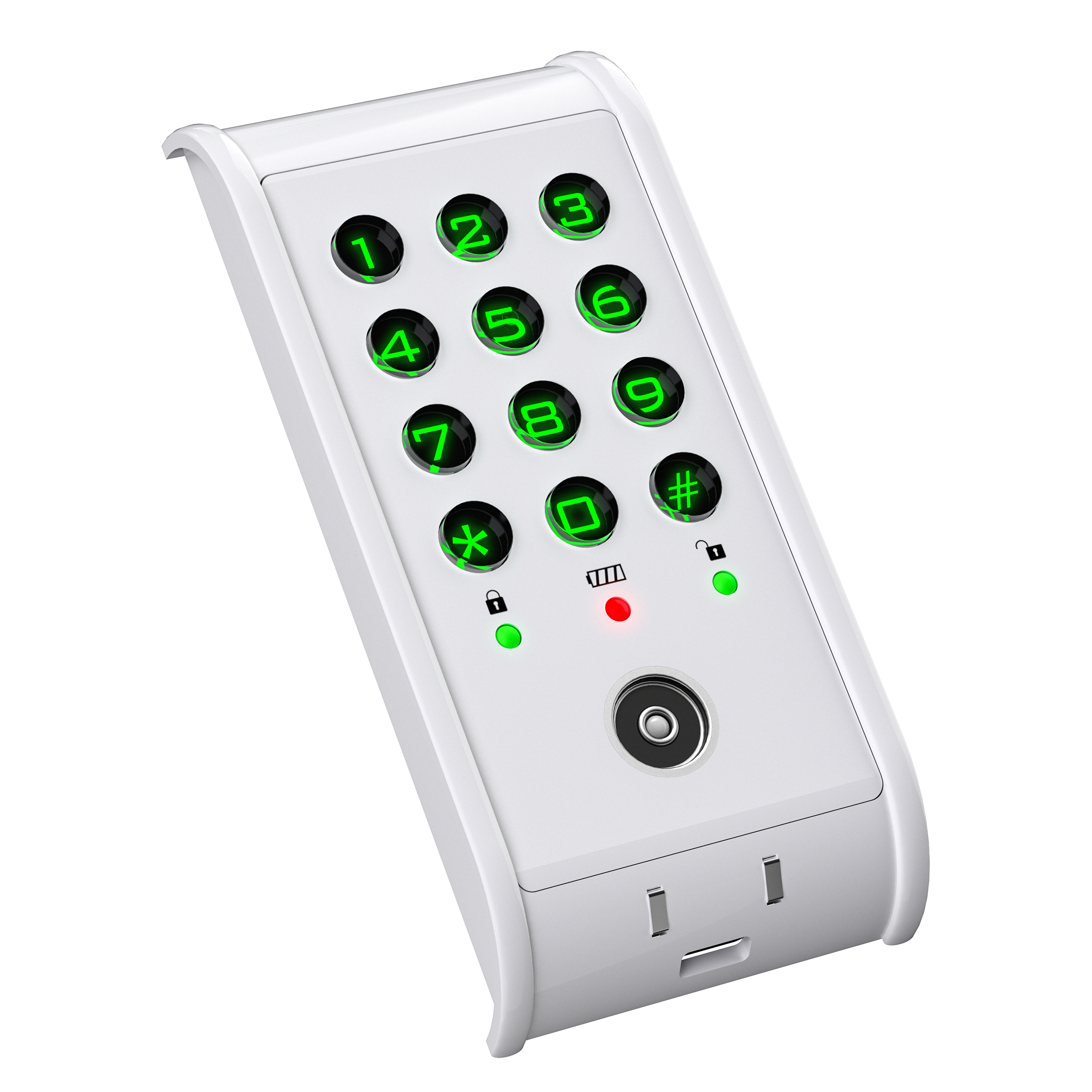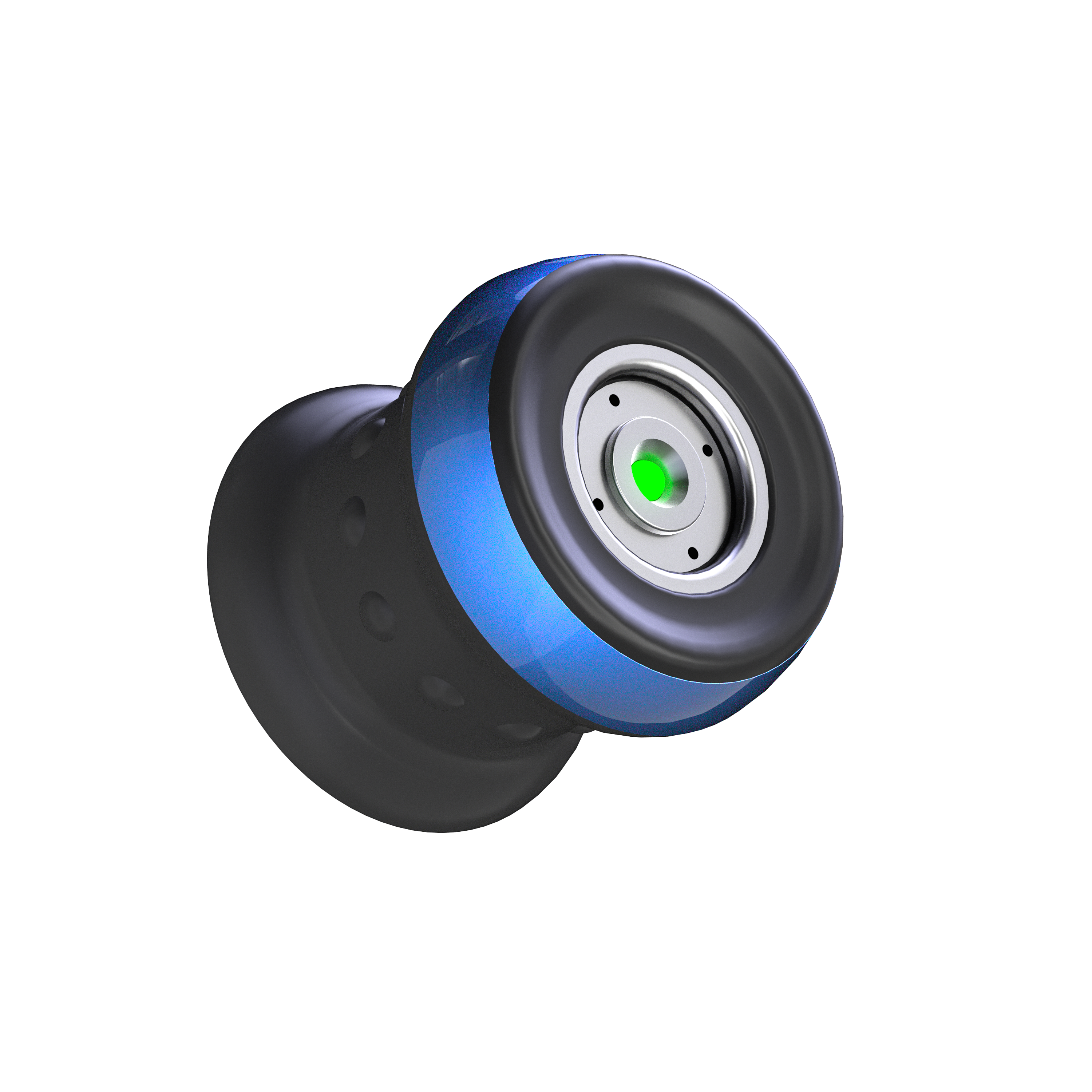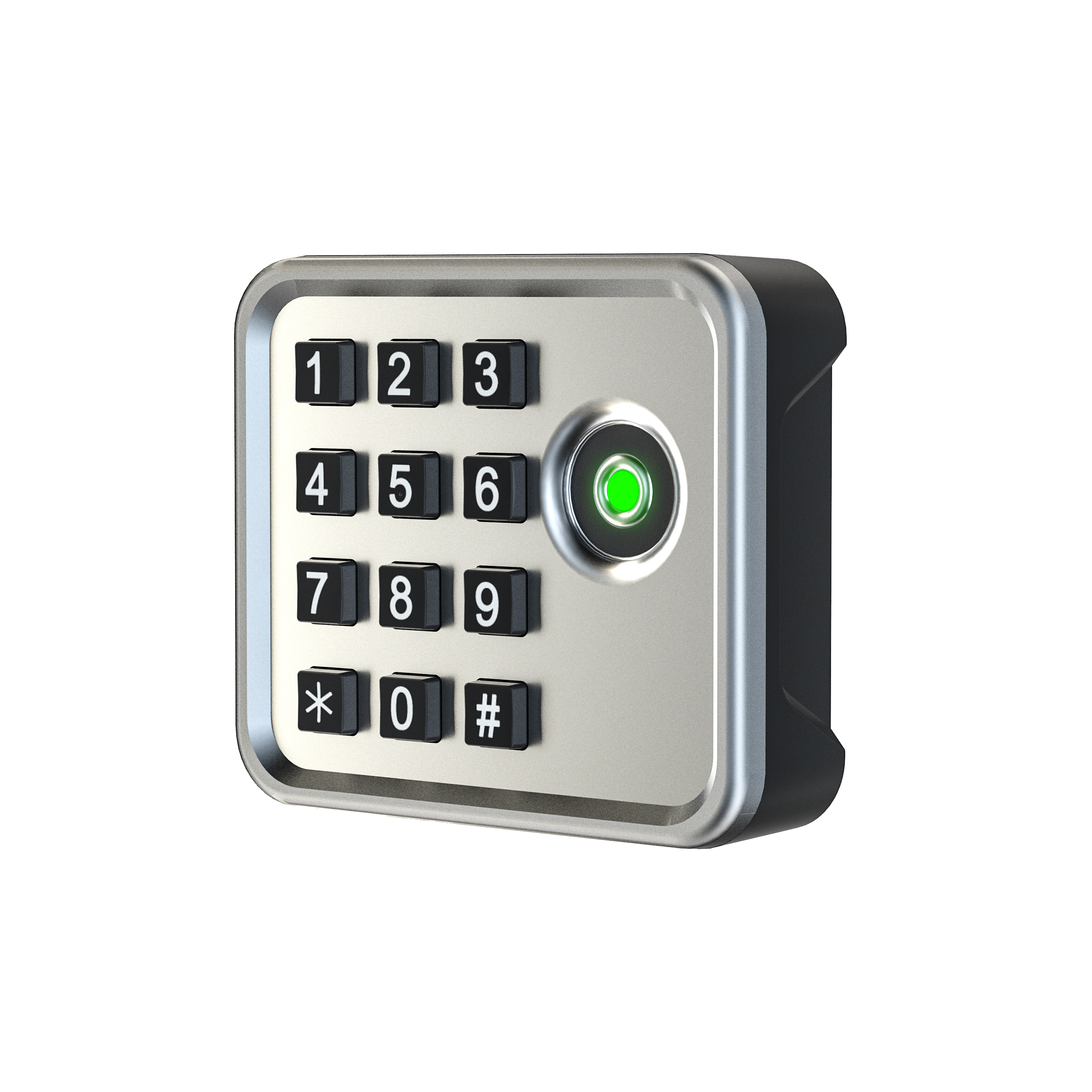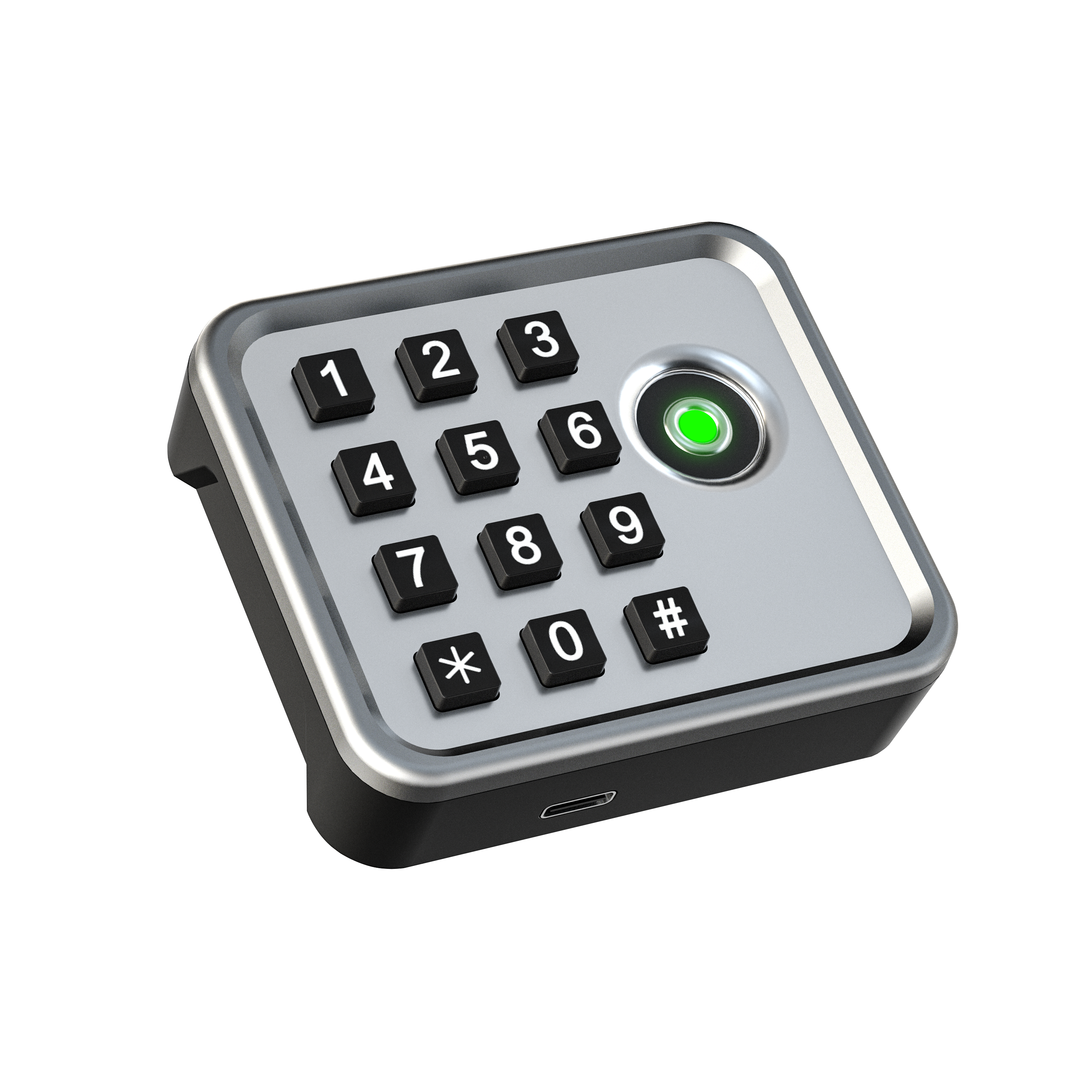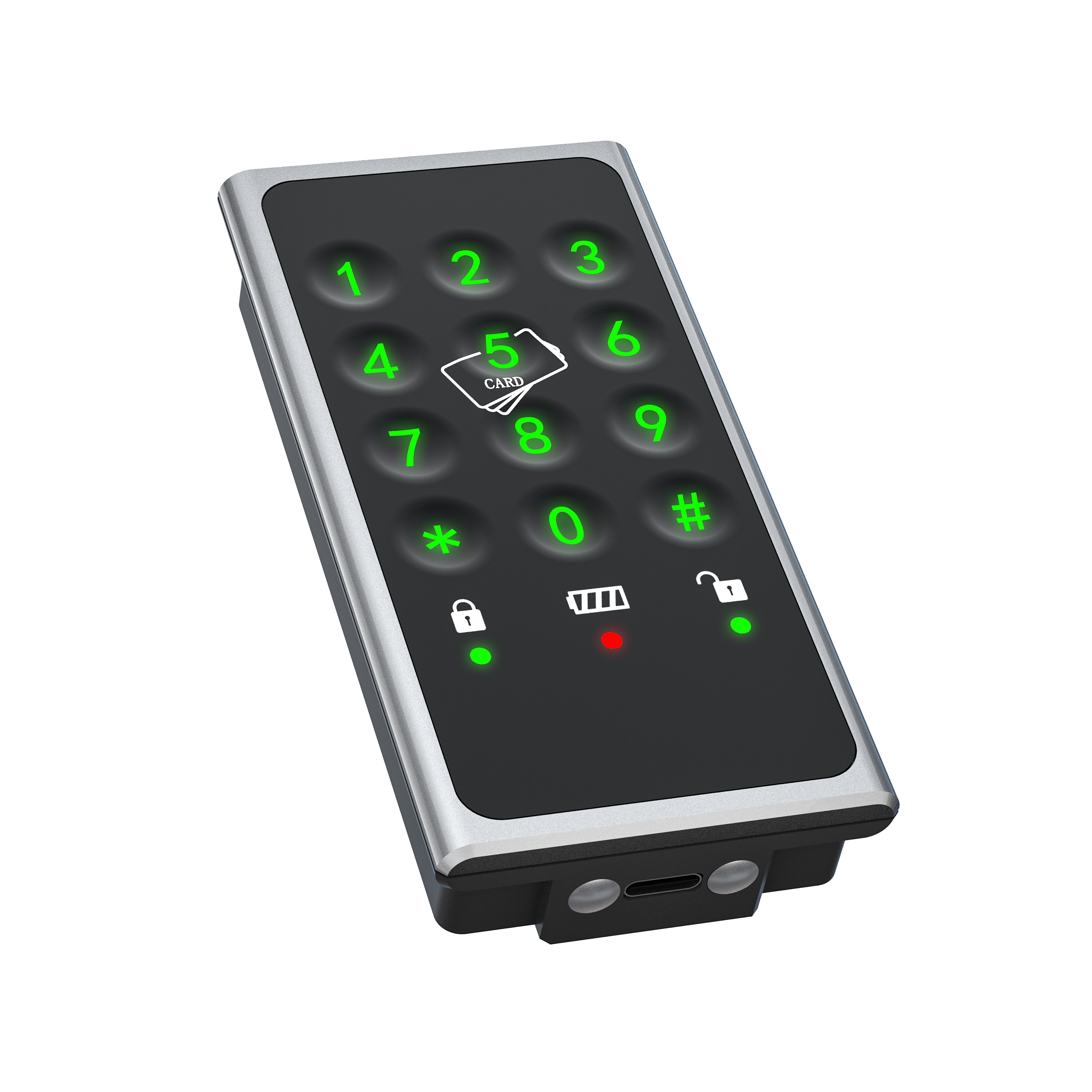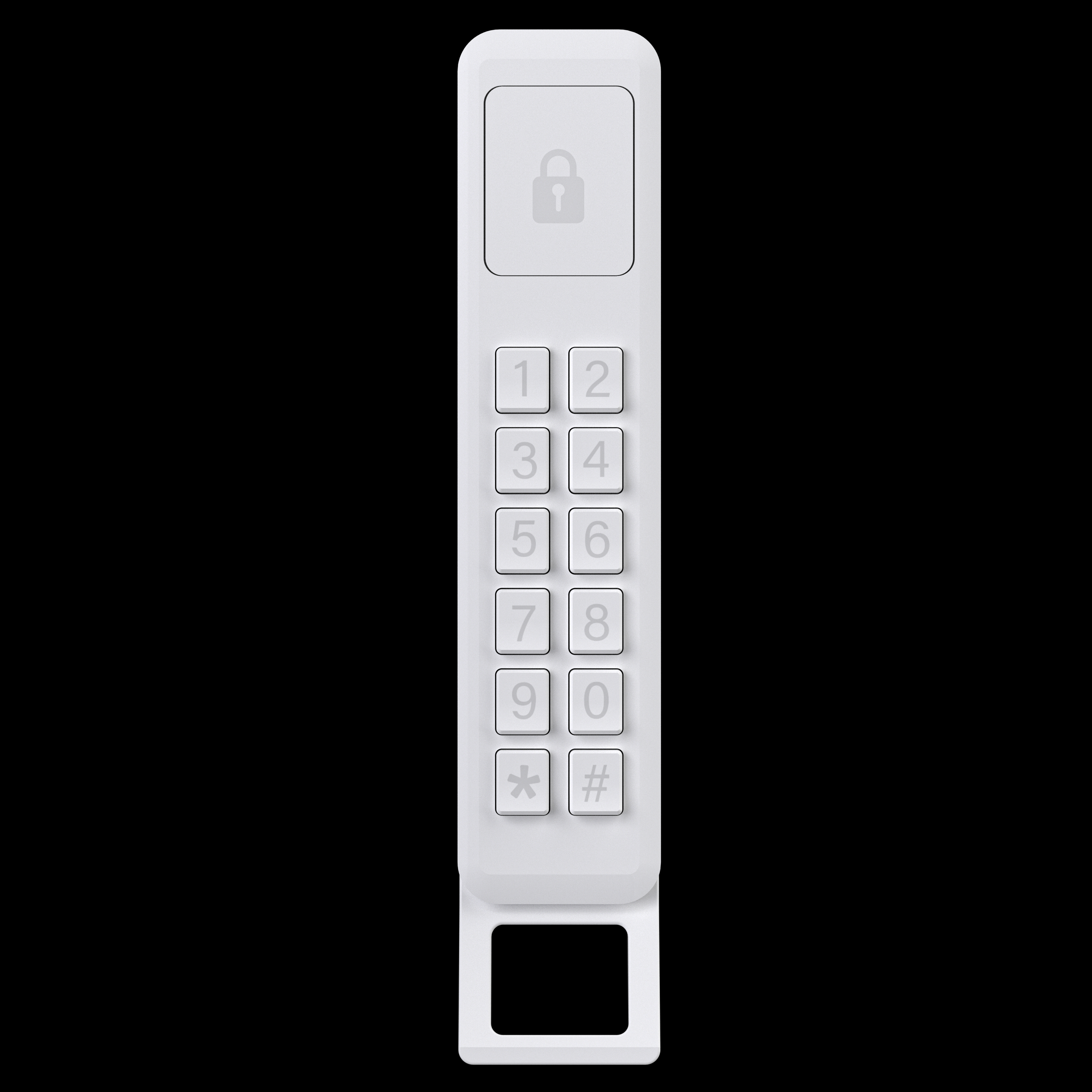
Development Status and Future Trends of Smart Cabinet Locks in Domestic and International Markets
2025-06-12 00:21:36
Domestic Market: Dual Drivers of Policy Support and Technological Innovation
In recent years, with the rapid development of IoT technology and the advancement of smart city construction, China’s smart cabinet lock industry has experienced explosive growth. According to the latest market research data, the size of China’s smart cabinet lock market reached 8.5 billion yuan in 2023, a year-on-year increase of 32.5%, and is expected to exceed 15 billion yuan by 2025.
Strong policy support has injected powerful momentum into the industry’s development. In 2023, the Ministry of Housing and Urban-Rural Development jointly with the Ministry of Industry and Information Technology issued the “Smart Community Construction Guidelines,” explicitly requiring new residential communities and commercial complexes to be equipped with smart storage facilities. First-tier cities like Beijing, Shanghai, and Shenzhen have introduced special subsidy policies, offering up to 30% purchase subsidies to property companies that adopt smart cabinet locks.
In terms of technological innovation, domestic enterprises have made significant breakthroughs. Huawei’s new generation of NB-IoT communication modules has reduced the networking cost of smart cabinet locks by 40% while extending standby time to 18 months. SenseTime’s 3D structured light facial recognition technology achieves 99.9% recognition accuracy, ensuring fast unlocking even in low-light environments. Notably, Loock Technology’s newly released “emergency unlocking without power” technology solves the industry pain point of being unable to unlock when the battery is depleted through a mechanical energy storage device. This technology has already applied for international patents.
The diversification of application scenarios has also provided broad space for industry development. Currently, express delivery cabinets remain the largest application field, accounting for 45% of the market share; sharing economy-related applications (such as power bank cabinets and shared umbrella cabinets) account for 30%; and community convenience cabinets and school storage lockers account for 25%. Particularly noteworthy is the rapid growth in demand for smart medicine delivery cabinets and specimen temporary storage cabinets in the medical field, with an annual growth rate exceeding 50%.
International Market: Diversified Development Patterns
Globally, the smart cabinet lock market shows distinct regional characteristics. In mature markets like Europe and America, products focus more on security and system compatibility. The newly enacted EU EN 15685 standard imposes higher requirements on the anti-destruction performance of smart cabinet locks, including resistance to professional tool attacks for over 15 minutes. The U.S. UL certification has added cybersecurity testing items, extending the certification cycle to 9-12 months. Although these stringent standards raise market entry barriers, they also bring a 30%-50% premium for certified products.
In Southeast Asia and the Middle East, Chinese brands dominate with their price-performance advantages. J&T Express’s smart delivery cabinets deployed in Indonesia all use Chinese-made smart lock systems, with unit costs controlled below $80, 40% lower than similar European products. To adapt to local high-temperature and high-humidity environments, Chinese companies have specially improved sealing processes and anti-corrosion treatments, extending product lifespan by 2-3 years.
The Japanese market exhibits unique refined demand characteristics. Convenience store giant 7-11’s nationwide upgraded smart locker system adopts the world’s most advanced finger vein recognition technology, with a false recognition rate as low as 0.0001%. These lockers also feature automatic disinfection functions, which became particularly popular during the pandemic. Japanese consumers’ extreme attention to product details has driven manufacturers to develop ultra-thin lock bodies with a thickness of only 2.8cm and operational noise controlled below 25 decibels.
Technological Development Trends and Market Challenges
The deep integration of AIoT technology is reshaping the smart cabinet lock industry. Tencent Cloud’s newly released “intelligent scheduling algorithm” can predict peak usage times for delivery cabinets and allocate resources in advance, improving cabinet turnover rates by 35%. Alibaba DAMO Academy’s abnormal behavior recognition system can issue warnings 30 seconds before violent destruction occurs, significantly enhancing security protection capabilities.
Green environmental protection has become an important direction for product innovation. Xiaomi’s eco-friendly smart cabinet lock uses biodegradable materials and modular design, achieving a 90% product recycling rate. In European and American markets, solar-powered cabinet locks have reached a penetration rate of over 20%, especially suitable for outdoor applications. Germany’s Dormakaba has developed energy-harvesting technology that uses mechanical energy generated by unlocking actions to maintain system operation, achieving true zero energy consumption.
However, the industry also faces numerous challenges. Domestic market competition is homogenized, with some companies even pricing products below cost, leading to uneven quality. In international markets, intellectual property disputes are frequent, with three Chinese smart lock companies facing 337 investigations in the U.S. in 2023 alone. Additionally, varying standards across different countries and regions pose significant difficulties for companies’ global expansion.
Future Outlook
Industry experts generally believe that the smart cabinet lock industry will continue to develop toward “smarter, more secure, and more environmentally friendly” directions. With the popularization of 5G technology and the improvement of edge computing capabilities, future smart cabinet locks may evolve from simple access devices into multifunctional terminals integrating security monitoring, environmental sensing, and advertising. Under the wave of smart city construction, the deep integration of smart cabinet locks with municipal management platforms will also create more possibilities.
For Chinese enterprises, to gain greater influence in international markets, continuous efforts must be made in core technological innovation and brand building. Achieving self-reliance in key technology areas like chips and algorithms is essential to break free from dependence on foreign suppliers and secure long-term competitive advantages.